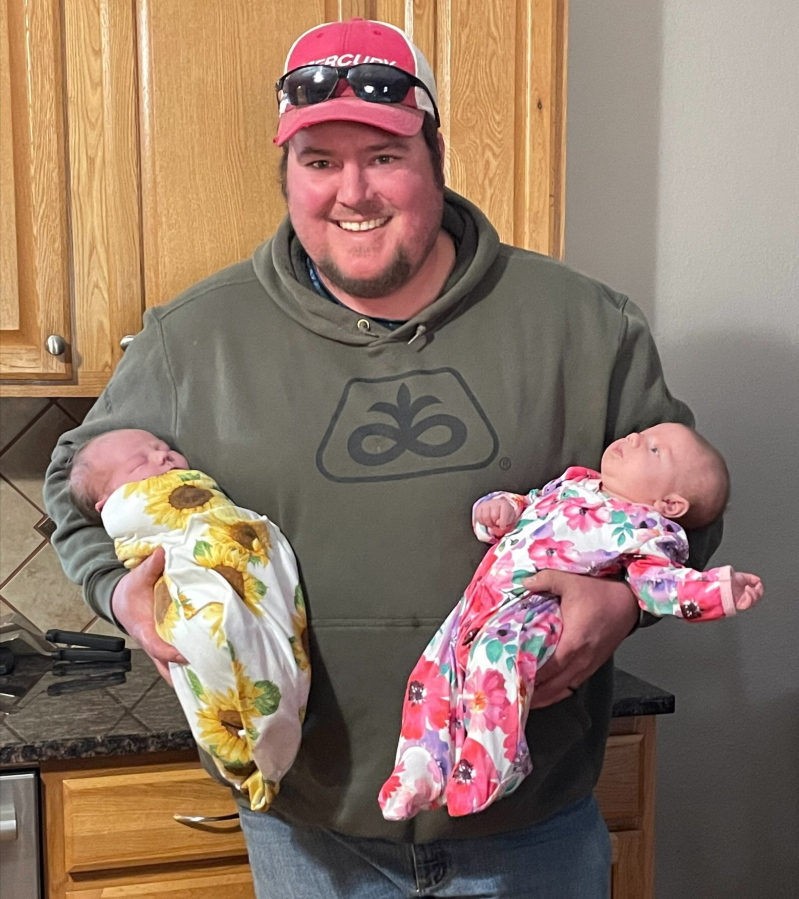It’s a milestone that by all accounts didn’t have to happen this soon.
The U.S. death toll from COVID-19 eclipsed 700,000 late Friday — a number greater than the population of Boston. The last 100,000 deaths occurred during a time when vaccines — which overwhelmingly prevent deaths, hospitalizations and serious illness — were available to any American over the age of 12.
The milestone is deeply frustrating to doctors, public health officials and the American public, who watched a pandemic that had been easing earlier in the summer take a dark turn. Tens of millions of Americans have refused to get vaccinated, allowing the highly contagious delta variant to tear through the country and send the death toll from 600,000 to 700,000 in 3½ months.
Florida suffered by far the most deaths of any state during that period, with the virus killing about 17,000 residents since the middle of June. Texas was second with 13,000 deaths. The two states account for 15 percent of the country’s population but more than 30 percent of the nation’s deaths since it crossed the 600,000 threshold.
Dr. David Dowdy, an infectious disease epidemiologist at Johns Hopkins Bloomberg School of Public Health who has analyzed publicly reported state data, said it’s safe to say at least 70,000 of the last 100,000 deaths were in unvaccinated people. And of those vaccinated people who died with breakthrough infections, most caught the virus from an unvaccinated person, he said.
“If we had been more effective in our vaccination, then I think it’s fair to say we could have prevented 90 percent of those deaths” since mid-June, Dowdy said.
“It’s not just a number on a screen,” he said. “It’s tens of thousands of these tragic stories of people whose families have lost someone who means the world to them.”
Danny Baker is one of them. The 28-year-old seed hauler from Riley, Kan., contracted COVID-19 over the summer, spent more than a month in the hospital and died Sept. 14. He left behind a wife and a 7-month-old baby girl.
“This thing has taken a grown man, 28-year-old young man, 6-2, 300-pound man, and took him down like it was nothing,” said his father, 56-year-old J.D. Baker, of Milford, Kan. “And so if young people think that they’re still … protected because of their youth and their strength, it’s not there anymore.”
In the early days of the pandemic, Danny Baker — who was a championship trap shooter in high school and loved hunting and fishing — insisted he would be first in line for a vaccine, recalled his mother.
But just as vaccinations opened up to his age group, the U.S. recommended a pause in the use of the Johnson & Johnson vaccine to investigate reports of rare but potentially dangerous blood clots. The news frightened him, as did information swirling online that the vaccine could harm fertility, though medical experts say that’s not the case.



